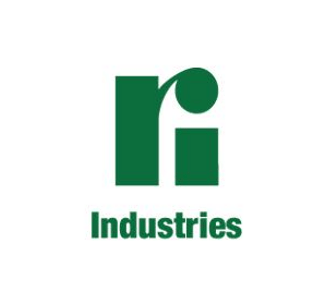Replacing a septic tank is costly. Though it may be necessary at some point in your lifetime, scheduled routine maintenance and inspection of your septic tank can lengthen the life of your septic system. Ri Industries recommends doing these five things to avoid replacing your septic tank.
1. Keep Foreign Materials Out
It is important to keep foreign materials from getting flushed into your system. Flush biodegradable only; items such as dental floss, tampons, condoms, plastic bags and grease should not be disposed of through your septic system.
2. Remove Sludge
Sludge will build up and block your outlet pipe, eventually causing the septic system to fail. Periodically removing sludge, often called de-sludging, will keep your septic system processing properly. Ri Industries recommends de-sludging every 3-4 years, or according to local regulations.
3. Conserve Water Usage
Water conservation will keep your septic system in good working condition by reducing the amount of water absorption in your drainfield. Ways to reduce your water usage include repair leaky taps and toilets; use water-saving showerheads and low-flow toilets; and not running water when brushing teeth or shaving. Also, when machine laundering, be sure to wash full loads or change your settings to accommodate smaller loads.
4. Maintain Proper Tank Conditions
The enzyme/bacteria in your septic tank converts the solids to liquids – a process necessary to begin purification. To remain at the septic tank system’s recommended bacteria levels, do not dispose of household cleaners, drain openers, chlorine bleaches and other harsh chemicals through the system.
5. Know Your Septic System
Understand your septic tank system’s design; know how it operates and follow the manufacturer’s recommendations on how best to care for your septic tank system. Remember— knowledge is power.
In addition to these five maintenance tips, prepare a routine checklist and maintenance schedule, and stick to it. Septic tank inspections should occur 1-2 times each year to allow for timely detection of operating issues and may deter a full replacement of your system.
Do you have any questions about your septic system? Please do not hesitate to contact us for your septic tank needs in Adelaide and South Australia.



